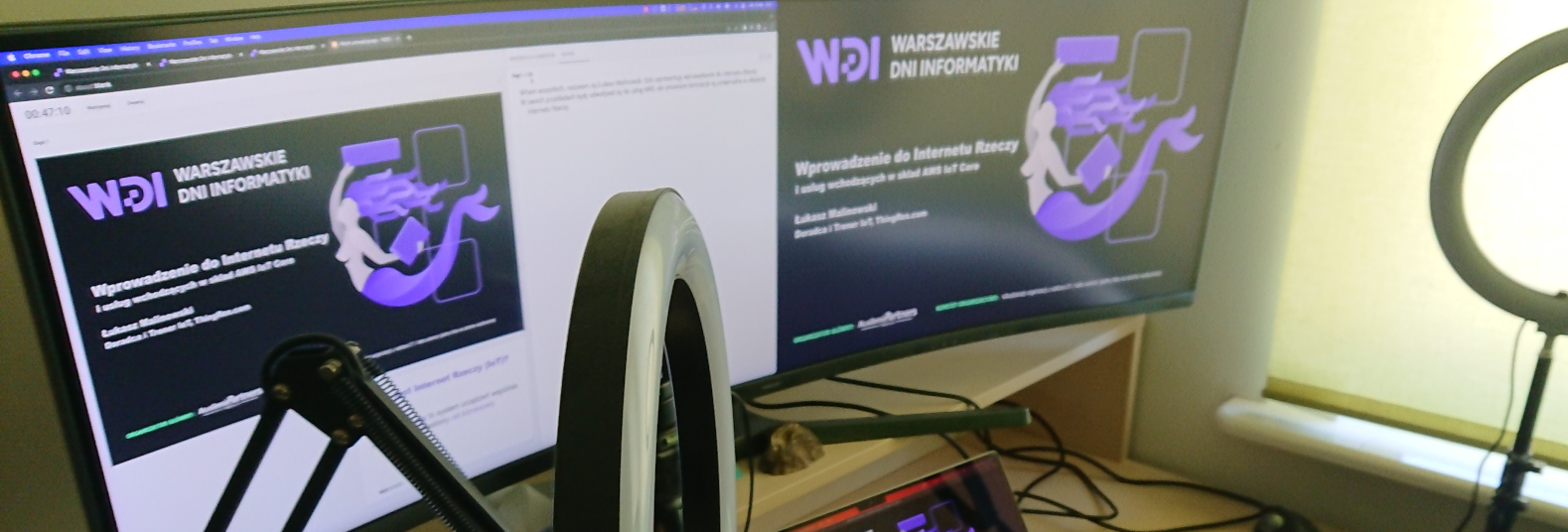ThingRex.com - IoT Advisory and Training services
Starting ThingRex.com - IoT Advisory and Training services Hello everyone!
I am happy to share that I am officially starting the ThingRex.com - IoT Advisory and Training services.
I offer advisory calls to help C-level Executives, Company Owners, and Start-up Founders understand how to use IoT to drive business value and improve operations.
My training offering focuses on providing education and guidance on the design and implementation of IoT-enabled services. I help individuals and teams develop practical IoT skills.







